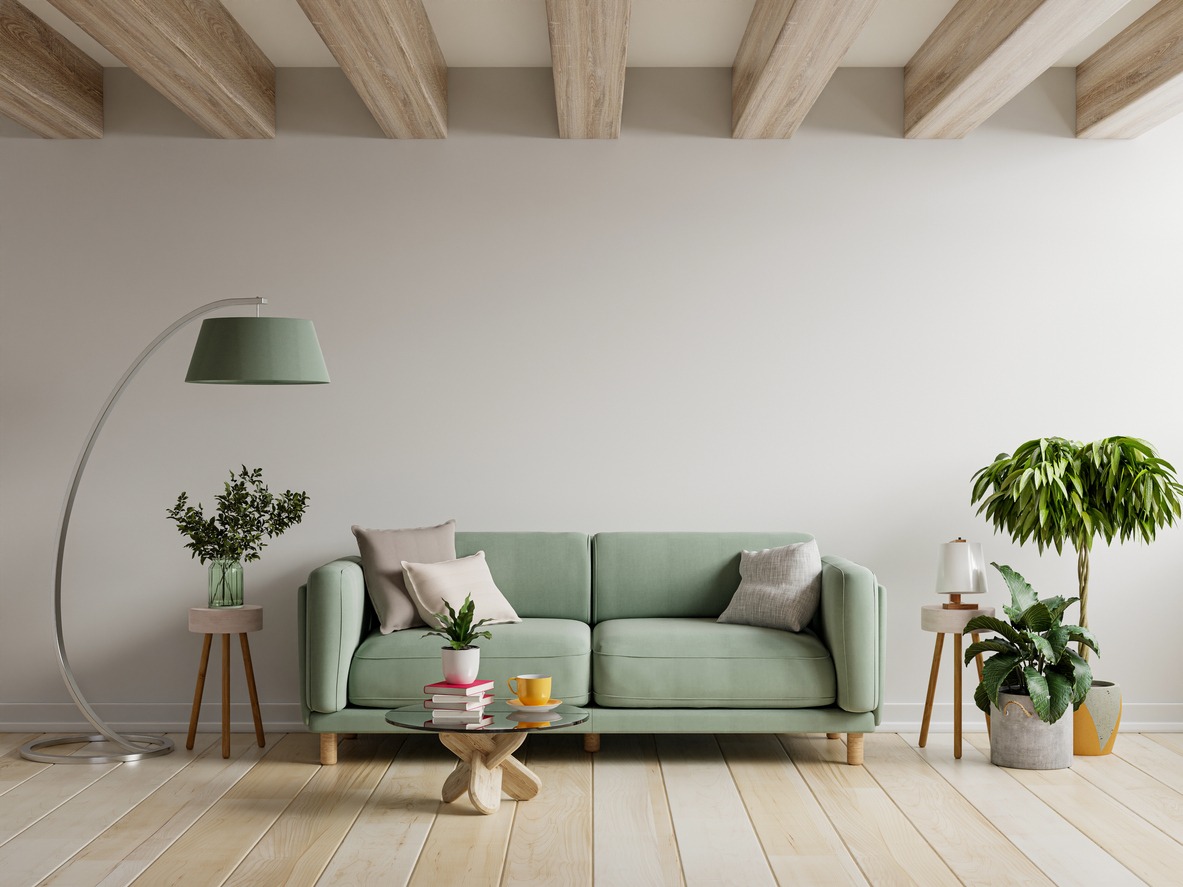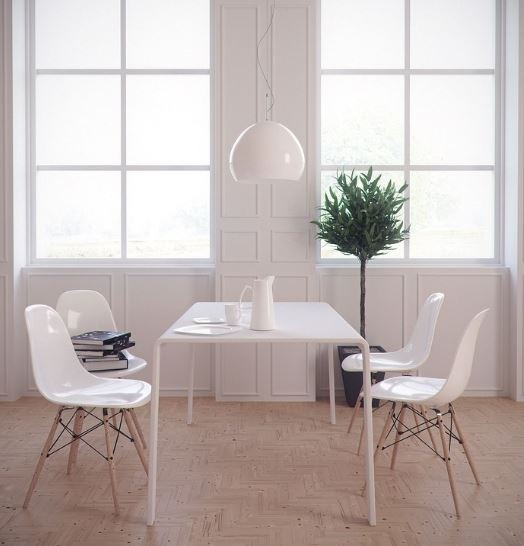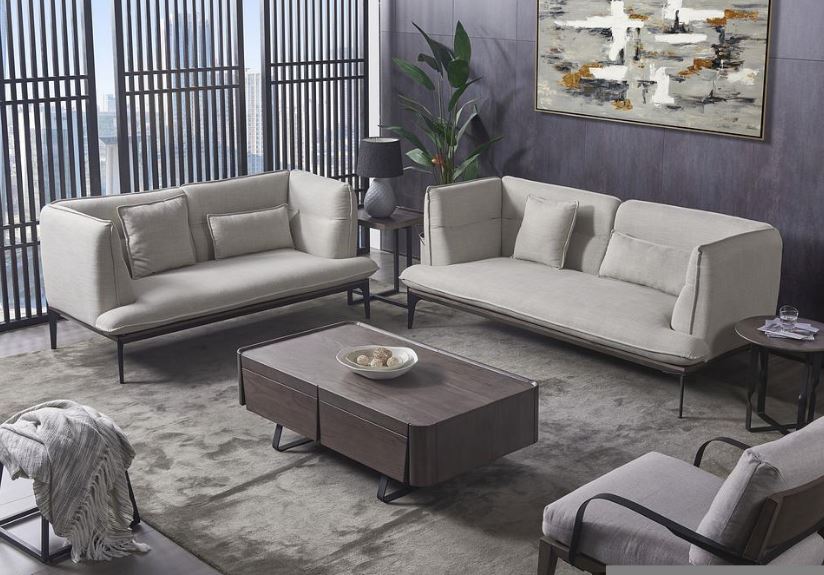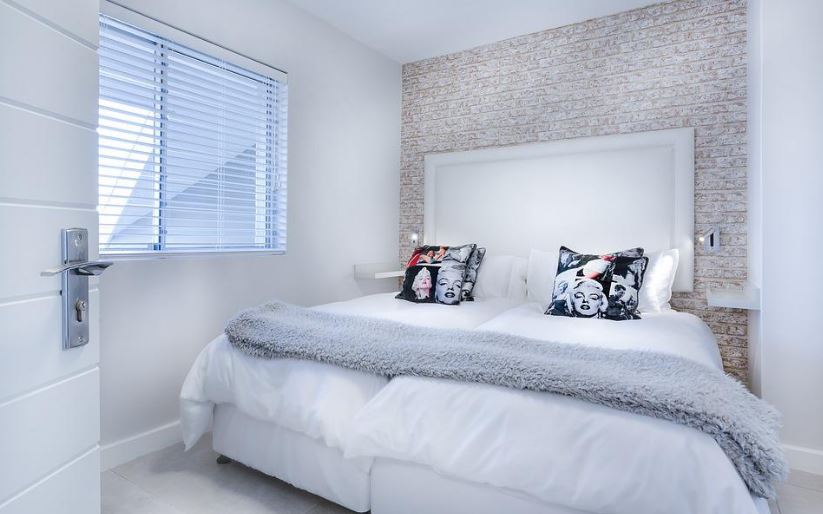Clean lines, a monochromatic palette, simple, and uncluttered are only some of the things you first think of when talking about minimalism. A minimalist interior is known for giving off a simple yet elegant look, which many people love.
However, a minimalist interior design is not that easy to achieve despite its simplicity. Achieving it is as difficult as achieving other interior design styles. Mainly because picking out a few right pieces of furniture for a simple and monochromatic-looking space to make it welcoming and comfortable to live in is hard enough.
Minimalism has become part of people’s modern lifestyle. People who uphold this concept attest that decluttering your space, disposing of unnecessary things, and living a simple life are effective ways to cope with your overwhelming environment. On the other hand, minimalism in terms of design is a prominent style in different areas such as architecture, art, fashion, graphics, interior, and many other areas of design.
Almost everyone is familiar with minimalism, which follows the mantra “less is more.” It can be applied anywhere from your lifestyle to different art forms – you name it. But what is minimalism, and how can you apply this concept in interior design?
What is Minimalism?
Minimalist interior design has some similarities with modern interior design. This concept promotes using only the bare essentials to achieve a simple-looking and uncluttered area. When talking about bare essentials, this pertains to things necessary for your everyday life. A minimalist interior design prioritizes what is essential for your home and lifestyle to lessen the clutter and provide a huge open space in your home.
The main features of a minimalist interior are clean lines, monochromatic colors, and simplicity. As you’ll notice, most minimalist homes have functional pieces of furniture, lots of light, and open floor plans. Lastly, most elements and decorative features of a minimalist home are usually textured, have an interesting shape, and are accent colors. These elements provide a timeless aesthetic to your area and help create a comfortable and welcoming space.
When you want to achieve a minimalist interior design, you will need to prioritize the functionality of your area. In a minimalist space, the architectural features of your home are accentuated, and these features are mostly practical and functional.
Minimalism follows the mantra “less is more,” which promotes simplicity in every aspect. This means that you’ll need to keep your space clean and uncrowded, avoid over-decorating, and ensure that all your stuff has its designated space and is functional.
To give your home a minimalist look, you’ll need to know the concept deeply. So to further understand minimalist interior design, here are some important elements you’ll need to know.
Elements of minimalist design
Bare essentials
A minimalist interior design focuses only on the bare essentials, items at home that are absolutely necessary. The space must have lots of light, beautiful and lasting materials, and an open floor plan to create a relaxing and welcoming energy.
Do not over-decorate and avoid using ornaments excessively. Instead of heavy decors, you can add uncomplicated and functional elements which blend perfectly with the minimalist setting. You may place an elegant-looking flower vase on your dining table or hang a simple artwork on your wall.
Clean lines
To achieve a minimalist space, you must prioritize functionality and practicality over anything else. Your area must have flat and smooth surfaces, and the architectural features and pieces of furniture must be strong and timeless.
Clean lines help create an idea that each item you find at home is essential and functional. You won’t have to add patterned and textured furnishings or highly-detailed decorations. Instead, focus on elements that are simple in shape and form.
Clear and smooth surfaces, walls with minimal decors and minimalist art, and areas with no clutter like collections of souvenirs and figurines or piles of papers and magazines help achieve a minimalist interior design.
Monochromatic color palette
One effective way to create a minimalist space is to stick to three colors only shades apart. This help creates a smooth and simple-looking area. When dealing with colors in a minimalist interior design, homeowners or designers usually use a neutral color scheme, including beiges and creams, blacks, grays, and whites.
A neutral or monochromatic color palette helps create a bright, cozy, and elegant home. It is important to stick to a specific color palette to guide you in creating a well-curated, minimalist space.
Furniture
It is important to properly select the pieces of furniture you’ll add to your space so you can maintain your home’s minimalist design. Invest in high-quality furniture and simple home decor that could last a long time.
You will also need pieces of furniture that can stand on their own, are practical, and have high functionality. Avoid buying trendy pieces that you’ll easily get tired of and will not last for a long time. Instead, go for classic and timeless pieces that are long-lasting and would look well in different kinds of aesthetics you might go for in the future.
Textile
Choosing the correct textile will help provide texture and warmth for your space so that it won’t be dull-looking. You may add beddings, cushions, draperies, and rugs with fabrics like cotton, linen, and wool so that your space may feel comfortable while still sticking to a minimalist interior design. Lastly, make sure that you’ll stick to your color palette or the complementary hues of your home to add life to your space.
Why You Will Love a Minimalist Home?
- Minimalist interior design will help make your small space look larger.
- This style is timeless and will never look boring over time when done properly.
- Since it’s all about bare essentials that are functional and practical, you can save a lot of money from purchasing too many unnecessary furniture and decorations.
- You can easily achieve a minimalist home as the furniture and other decors are easier to manage and can be put together easily.
How Do You Achieve a Minimalist Interior Design?
- Always go for a simple aesthetic and items that would not outweigh each other.
- Before adding different elements, ask yourself if they are reasonable and necessary.
- Declutter your space and practice the habit of cleaning daily to avoid unnecessary stuff from piling up.
- Take advantage of your furniture and make use of the different architectural features of your home.
- Always live by the mantra less is more, not just in designing your home but also in your daily lifestyle.
Dive deeper into the world of minimalist design with our latest post, Is Minimalist Design Truly the Art of Less Being More?




